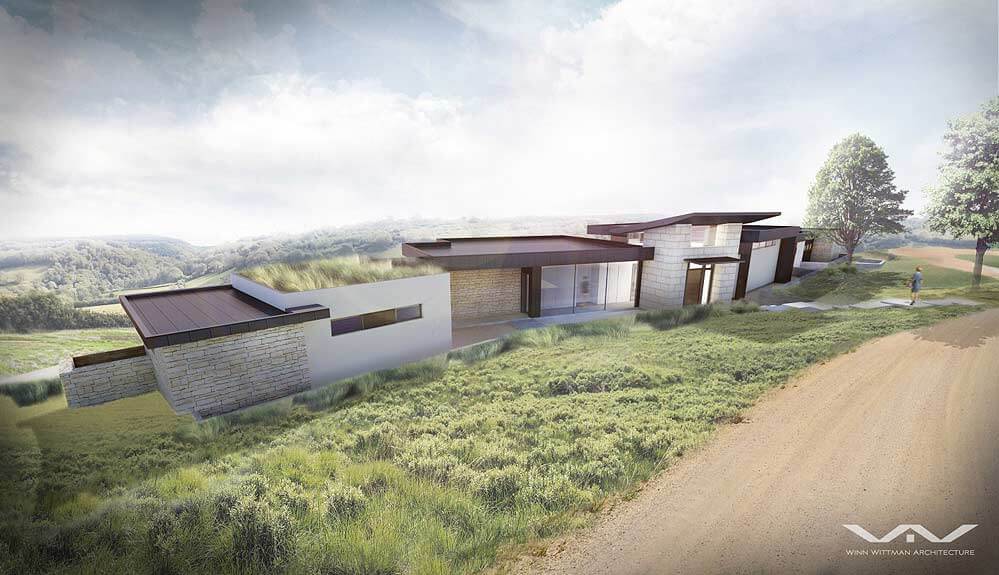
In my past articles we have explored Custom Home Price vs Cost per Square Foot, The Custom Home Process, Architect or Builder First, and The Best Home Sites are Hiding. Today we examine the three most common custom home pricing structures offered by builders. Let’s begin by understanding the difference between “funding and pricing”. Funding is how a client pays a builder for the services that they provide. Bank loans are the most common. Lenders fund the construction costs of the home to the builder through progress payments, and the borrowers only pay interest on the drawn funds. In other words, if someone borrows $500,000 to pay for the construction of a home, the builder will request payment for completed work in stages. Initially the interest charges are very low, and increase as the home progresses through completion. These are typically short term (2 years or less) loans and are repaid by a long-term mortgage when the home is completed. Some lenders offer a one-time close program where buyers sign once. When the construction loan is fully funded it automatically becomes a mortgage. There are advantages to both one and two time close programs and borrowers should consider each for their own circumstance. Less typical but getting more common with retirees is a cash contract. In this case, the owner’s funds are disbursed according to a draw schedule for completed work. Buyers unfamiliar with construction might consider hiring a bank inspector to verify work in place for each payment requested. It is important to point out that to the builder, every deal is cash. Whether from borrowed funds or from the buyers checking account, the funds arrive to cover the requested construction draws. I point his out because every builder has stories of home buyers requesting a “cash discount”. If a loan is to be used for a new home the best first stop is with a banker or mortgage lender. Prequalifying for a desired amount helps everyone involved design and build a home within budget.
“Fixed Fee” vs. “Cost Plus” vs. “Fixed Price”
Once the funding source is confirmed and builders are being considered, the next step is to understand the three main pricing mechanisms that home builders use. Specifically, they are “Fixed Fee”, “Cost Plus” and “Fixed Price”.
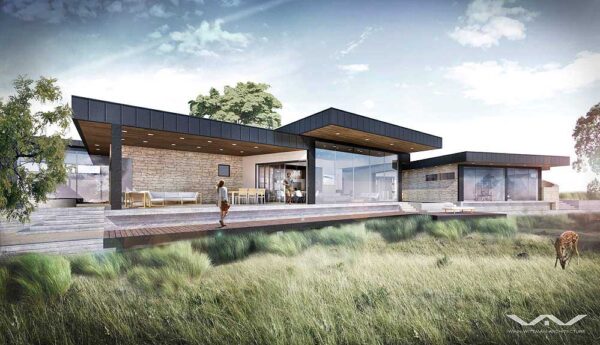
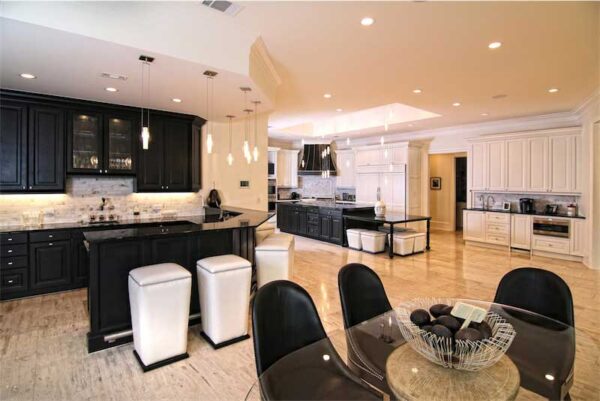
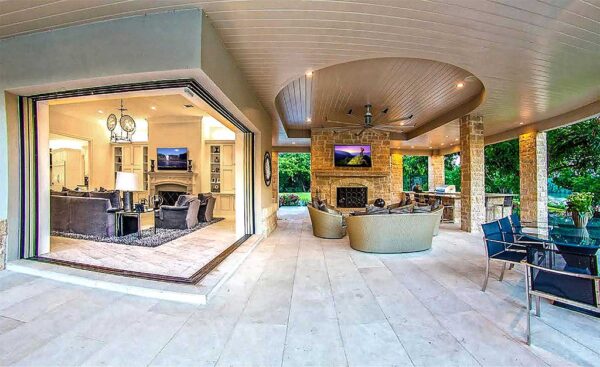
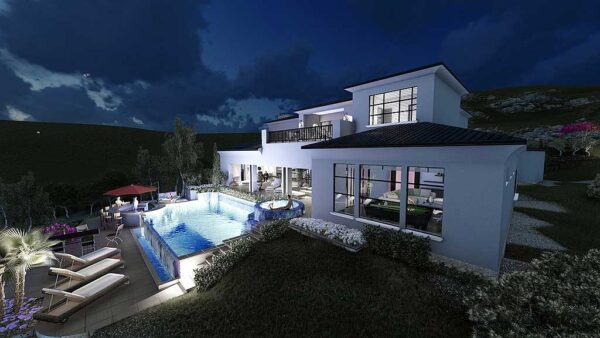
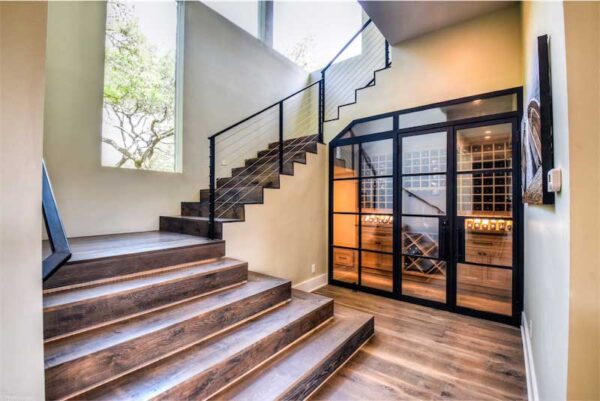
Fixed Fee
A “Fixed Fee” builder proposes a monthly “Fee” for his services such as $5000 to $10,000 per month throughout the building process. For that fee they bid the project, schedule the vendors and contractors and supervise the work. The buyers (or lenders) pay all of the costs directly to the suppliers and workers. In this scenario, the only amount that a client is sure that will remain constant is the builder’s fee. The job costs will be what they are and the buyers pay those costs. Fixed Fee builders will provide a preliminary budget but are not contractually bound to those numbers. The advantage of a “Fixed Fee” arrangement is that the client essentially gets a home for cost, plus the builder’s fee. The disadvantage is that the cost will not be known until a couple of months after the home is completed. Fixed Fee builders are usually one or two man shows who only take on a project or two at a time. If it is someone that you know and trust this could be an acceptable arrangement.
Cost Plus
Next is the “Cost Plus” builder. This is similar to the “Fixed Fee” builder except the buyer and builder agree on a percentage upfront (typically 12% – 18% depending upon the difficulty of the job) that the builder may mark up All Costs to cover his company’s profit. The advantage of this process is that the buyers are able to see every cost in the home, and, compare the builders progress one line item at a time. The disadvantage again is that the costs are not fixed. A budget is a targeted financial goal. In the ebb and flow of the construction market sometimes there are winners and things can be bought for less (usually in a declining economy such as in 2008). In a strong economy, supply and demand dictate costs along with fuel prices, updated government regulations and more. For a “Show me the numbers” personality the cost-plus relationship may seem more transparent and comforting.
Fixed Price
The final pricing mechanism is “Fixed Price”. A fixed price contract is exactly what it implies. The buyers receive a fixed price at the time the contract is signed and it doesn’t change. The exceptions are change orders, upgrades or other decisions made by the owners outside of the original scope of work. With Fixed Price contracts, buyers are provided with allowances to cover decorator items that they select for the home. These include lighting, appliances, plumbing fixtures, cabinets, countertops, flooring, tile hardware, etc.
These allowances represent the amount added to the construction budget for each line item. During construction amounts spent over these allowances are charges, amounts spent less are credits to be used in other areas. There are many stories about allowances so here is the straight answer. First, builders budget these line items as though they were building a speculative home, in the given price range. In a spec home, the selections are made by the builder’s staff and are always within the budgeted allowance. And, these homes turn out beautiful, however, often when home buyers go “shopping” for their own home they see things that cost more. To tell a builder that they should have allowed more for a given line item is essentially telling them that they should have charged more upfront, and added it to the price then. Remember the spec home selections, always on budget. That’s not to say that there are no selections that can cost more and it always depends on individual tastes. We tell clients that a 500K home can become a 650K home without adding any more square footage. After 39 years in the business the best way I have found to match allowances (line items in the contract before final pricing) is to ask clients to make some of the larger selections with our vendors upfront. We then use those numbers for the allowance items they have selected.
Back to pricing, the advantage of a “Fixed Price” contract is that you know the total cost to you in advance. This is very important for buyers who will not be in town during construction. A disadvantage is that the individual line items are not visible to the client. To lock in a price for a year or more, the builder does budget for some contingencies and hopes to do better on some items and expects to do worse on others.
In our firm, we only sign fixed price contracts. Our reason is simple to explain; we want to be evaluated on a great home, and a great experience at a fair price, versus one line item at a time. In the Master Builder Classes I have taught around the country, most of the builders agree that there is more “Client Stress” when they monitor each line item throughout the process. When interviewing homebuilders for your project, ask early in the process which pricing system they use, then, decide the mechanism that best fits your personality and stress tolerance level the best. The end result of a successful custom home project should be an excellent home, a happy client, and a fun process to get there.
National Best in American LivingAward Winner
Texas Custom Home Builder of theYear
Austin Custom Home Builder of theYear
4 Time Best of HOUZZ Home Design
3 Time Austin Business JournalCustom Builder of the Year
Business Of The Year, Lake TravisChamber of Commerce
P. (512) 261-0344
http://www.facebook.com/ZHCustomHomes
http://www.houzz.com/pro/zbranekandholtcustomhomes

